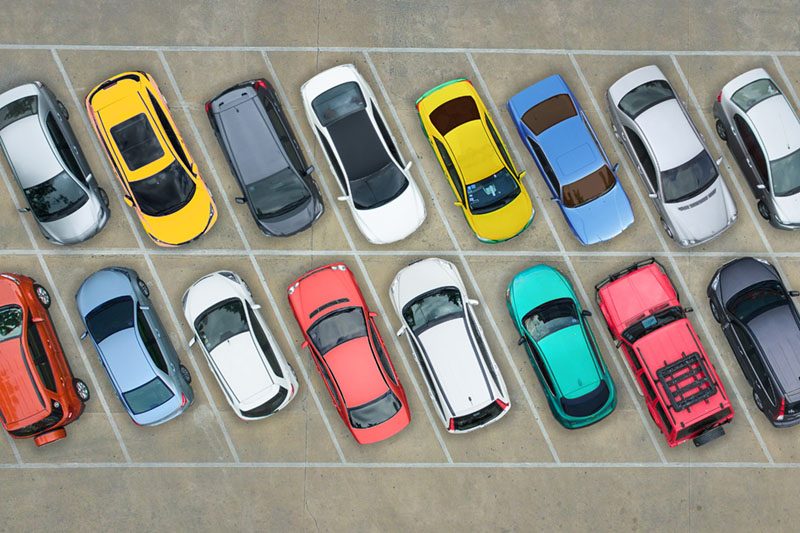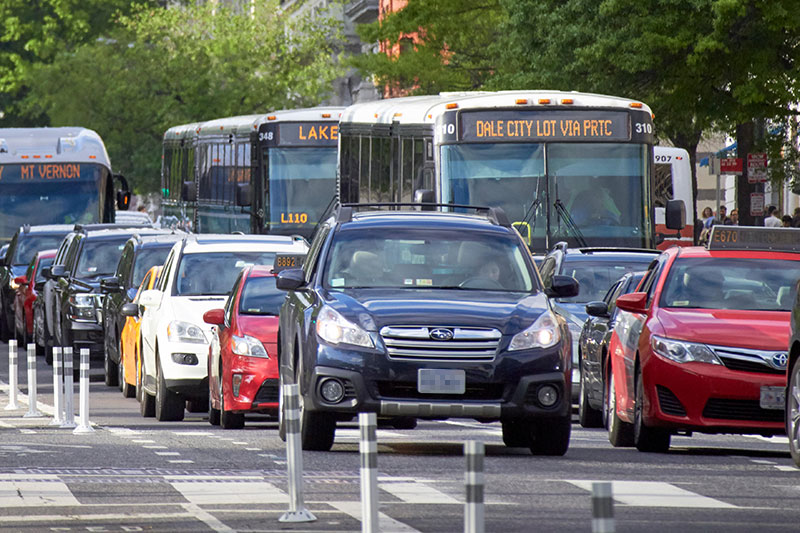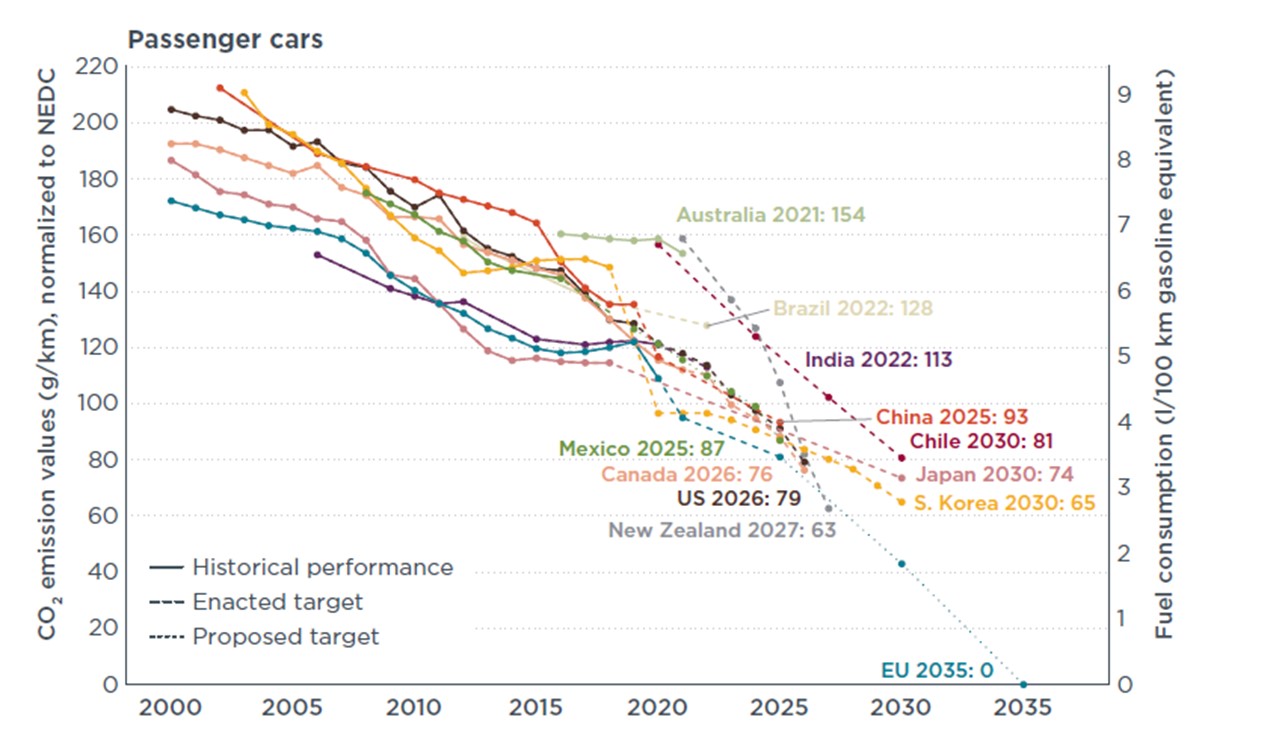Ukraine publishes first fuel economy analysis

The Global Fuel Economy Initiative has supported Ukraine to undertake a detailed analysis of the fuel economy of newly registered vehicles. GFEI partner UN Environment, together with the International Standardization Academy of Ukraine, and the Ministries of Infrastructure and of Internal Affairs jointly undertook the study which examined the country’s vehicle imports between 2005 and 2016.
The International Standardization Academy reviewed around 1.6 million vehicle registrations from 2005 to 2016. With a relatively low motorization rate (20 per cent in 2016), Ukraine’s auto fleet is expected to increase further in the coming years. Data from 2015 indicates that the current national on-road fleet is around 6.9 million cars with an average vehicle age of 18.8 years.
The major findings from the data include:
- Auto fuel economy improved from 9.8 litres of gasoline equivalent (Lge) per 100 km in 2005 to 6.2 Lge/100 km in 2016 – a 35 per cent improvement in energy efficiency. This puts Ukraine well below the global average.
- Electric vehicles (EV) imports grew rapidly from 2016 – 1.5 per cent of new vehicles sold in Ukraine were EVs.
- There is a growing preference for diesel vehicles, from 10 per cent in 2005 to about 49 per cent in 2016.
- Used vehicles still make up a big part of the new registrations, but vehicles imported since 2005 are usually between 0 (new) and 4 years old.
In late 2017, the Ukrainian Parliament adopted a provisional exemption on value-added tax and excise tax for all electric vehicles for 2018, which it is now working to extend through 2019.







